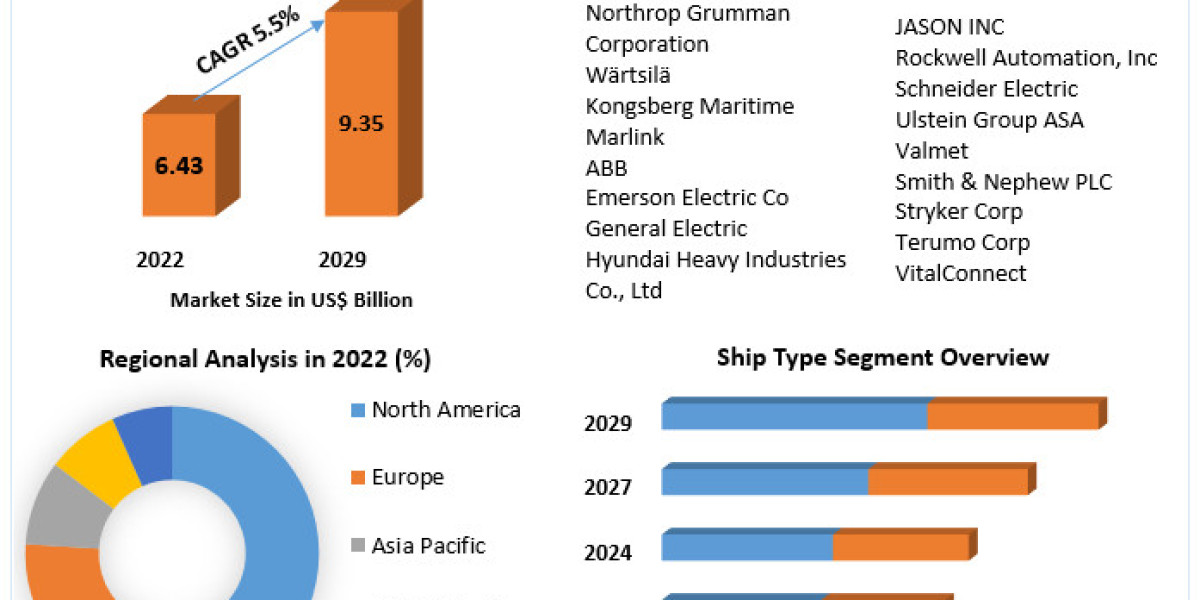In the ever-evolving realm of aerospace technology, hypersonic flight has emerged as a groundbreaking frontier, promising to revolutionize the future of air travel. With speeds exceeding Mach 5 (five times the speed of sound) and the ability to cover vast distances in remarkably short periods, hypersonic flight opens up new possibilities for efficiency, connectivity, and exploration.
Hypersonic flight operates within the speed range of Mach 5 to Mach 10, where traditional supersonic speeds appear modest in comparison. The key to achieving such incredible velocities lies in advanced propulsion systems and materials that can withstand the extreme temperatures generated during hypersonic travel.
One of the primary advantages of hypersonic flight is the drastic reduction in travel time. Imagine crossing the Atlantic or Pacific in just a couple of hours instead of enduring lengthy flights. This unparalleled speed has the potential to transform the way we perceive global distances, making long-haul flights more accessible and efficient.
Aerospace engineers and scientists are actively working on overcoming the numerous challenges associated with hypersonic flight, including aerodynamic heating, structural integrity, and propulsion systems. Hypersonic vehicles must navigate through the Earth's atmosphere at speeds where air friction generates intense heat. Innovative materials, such as advanced ceramics and composites, are being developed to withstand these extreme conditions, ensuring the safety and reliability of hypersonic travel.
The propulsion systems driving hypersonic flight are a testament to cutting-edge technology. Scramjet engines, short for supersonic combustion ramjet, play a pivotal role in achieving and sustaining hypersonic speeds. Unlike traditional jet engines, scramjets operate efficiently at hypersonic speeds by compressing incoming air without the need for heavy onboard oxidizers. This breakthrough in propulsion technology has paved the way for the development of hypersonic cruise missiles, spaceplanes, and potentially commercial passenger aircraft.
While military applications have been at the forefront of hypersonic technology, the aviation industry is also exploring its potential for civilian use. Commercial hypersonic flights could significantly reduce the carbon footprint associated with long-haul air travel by minimizing the time aircraft spend in the air. The efficiency gains, coupled with advancements in sustainable aviation fuels, could mark a transformative step towards more environmentally friendly air transportation.
However, with the promise of hypersonic flight comes a myriad of regulatory, safety, and infrastructure challenges. Air traffic control systems will need to adapt to the unprecedented speeds of hypersonic vehicles, and comprehensive safety measures must be implemented to ensure public trust in this new era of air travel. Additionally, the construction of specialized launch and landing infrastructure for hypersonic vehicles is a considerable undertaking that will require collaboration between governments, aviation authorities, and industry stakeholders.
As we stand on the cusp of a new era in aviation, hypersonic flight represents a tantalizing glimpse into the future of air travel. The potential for faster, more efficient, and environmentally conscious journeys holds the promise of transforming the way we connect and explore the world. As research and development in hypersonic technology continue to progress, the dream of boarding a commercial hypersonic flight may soon become a reality, ushering in a new chapter in the history of human transportation.







